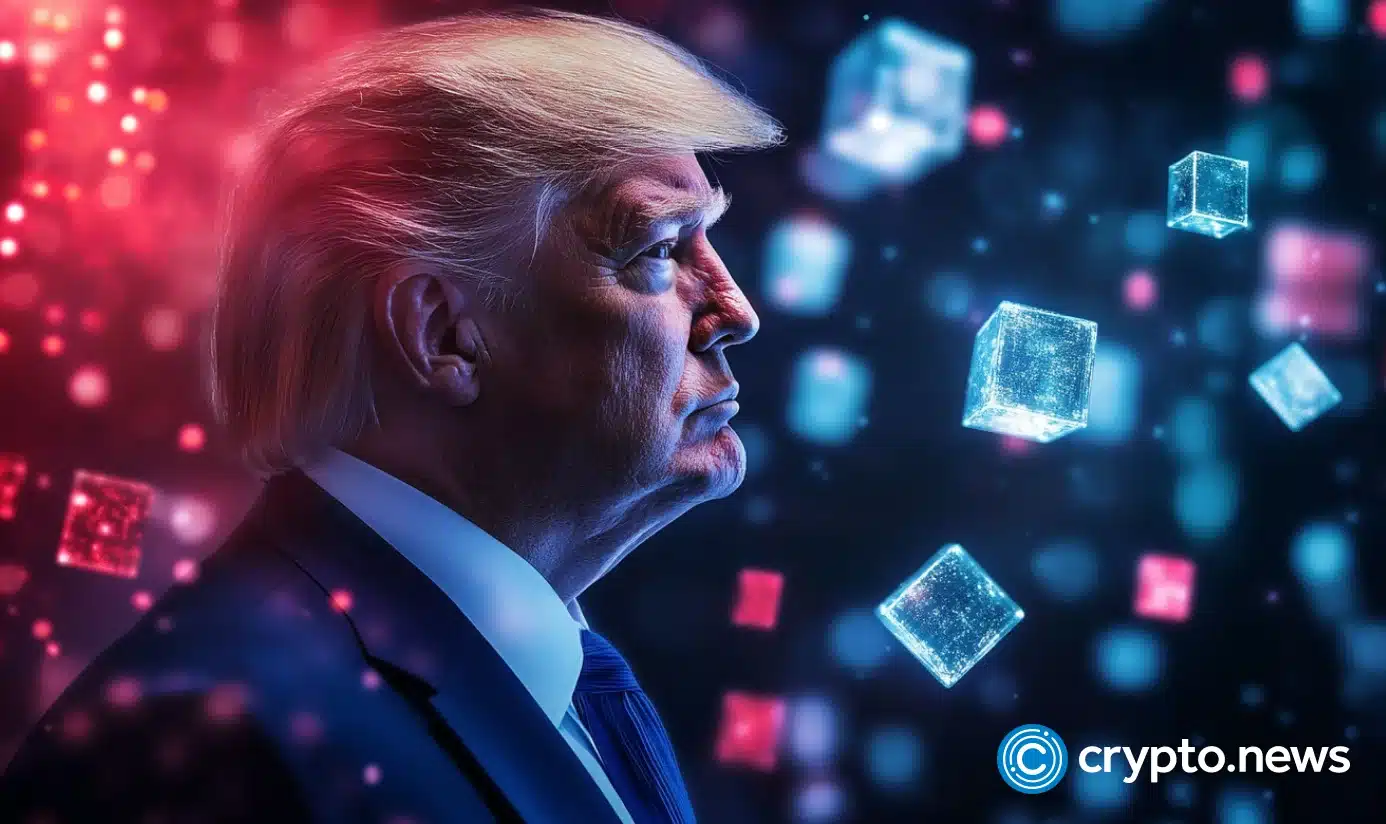
- Cardano targets Bitcoin DeFi in 2025 with a focus on leveraging its robust blockchain ecosystem.
- Ouroboros Leios boosts Cardano scalability, enabling faster and more decentralized transactions.
- Chainlink partnership strengthens Cardano’s DeFi goals, integrating advanced data solutions for innovation.
Charles Hoskinson, the founder of Cardano, and one of the more influential people in the blockchain industry, has recently shared ambitious plans he has for the Cardano project in 2025.
In a short X post, he said that this year, he will be “deeply” focused on three big things for Cardano: Bitcoin decentralized finance (DeFi), scalability with Leios, and a potential partnership or integration with ChainLink.
Bitcoin DeFi on Cardano
DeFi is a service that first emerged on Ethereum. It is still the strongest on this chain but others, such as Solana, have successfully disrupted this nascent industry.
In fact, as of January 2025, Solana’s DeFi ecosystem reached a Total Value Locked (TVL) of $9.52 billion, marking its highest in three years.
To put things into perspective, TVL for the Ethereum DeFi ecosystem is ten times as large, sitting at approximately $98.7 billion.
Hoskinson, however, is dreaming even bigger, saying that Bitcoin’s market is four times the size of Ethereum and Solana combined, which is why he’ll be heavily invested in Bitcoin DeFi on Cardano this year.
Related: DeFi’s Best: Chainlink and Synthetix Push Innovation in 2025
Scalability: A 24/7 Endeavor
The second major topic for the year is scalability. Hoskinson hints the team will work 24/7 on scalability, primarily through the Ouroboros Leios, a consensus mechanism proposed for the Cardano blockchain.
Leios aims to enhance scalability, throughput, and decentralization by building upon earlier versions of Ouroboros and optimizing transaction processing and validation.
The core idea of Leios involves separating the validation and propagation of transactions to improve network efficiency. That, in turn, should allow for more transactions to be processed simultaneously while maintaining high levels of security and decentralization.
Cardano: A Peninsula, Not an Island
Finally, Hoskinson discussed making Cardano a “peninsula, not an island,” something the team can only achieve with “integrations, integrations, integrations.”
On that road, Hoskinson’s first stop seems to be ChainLink, since a meeting with the team is “already on the books.” After that, the founder plans on meeting with stablecoin developers, to discuss potential integrations there, as well. He didn’t mention which stablecoins Cardano is looking at, right now.
Disclaimer: The information presented in this article is for informational and educational purposes only. The article does not constitute financial advice or advice of any kind. Coin Edition is not responsible for any losses incurred as a result of the utilization of content, products, or services mentioned. Readers are advised to exercise caution before taking any action related to the company.






